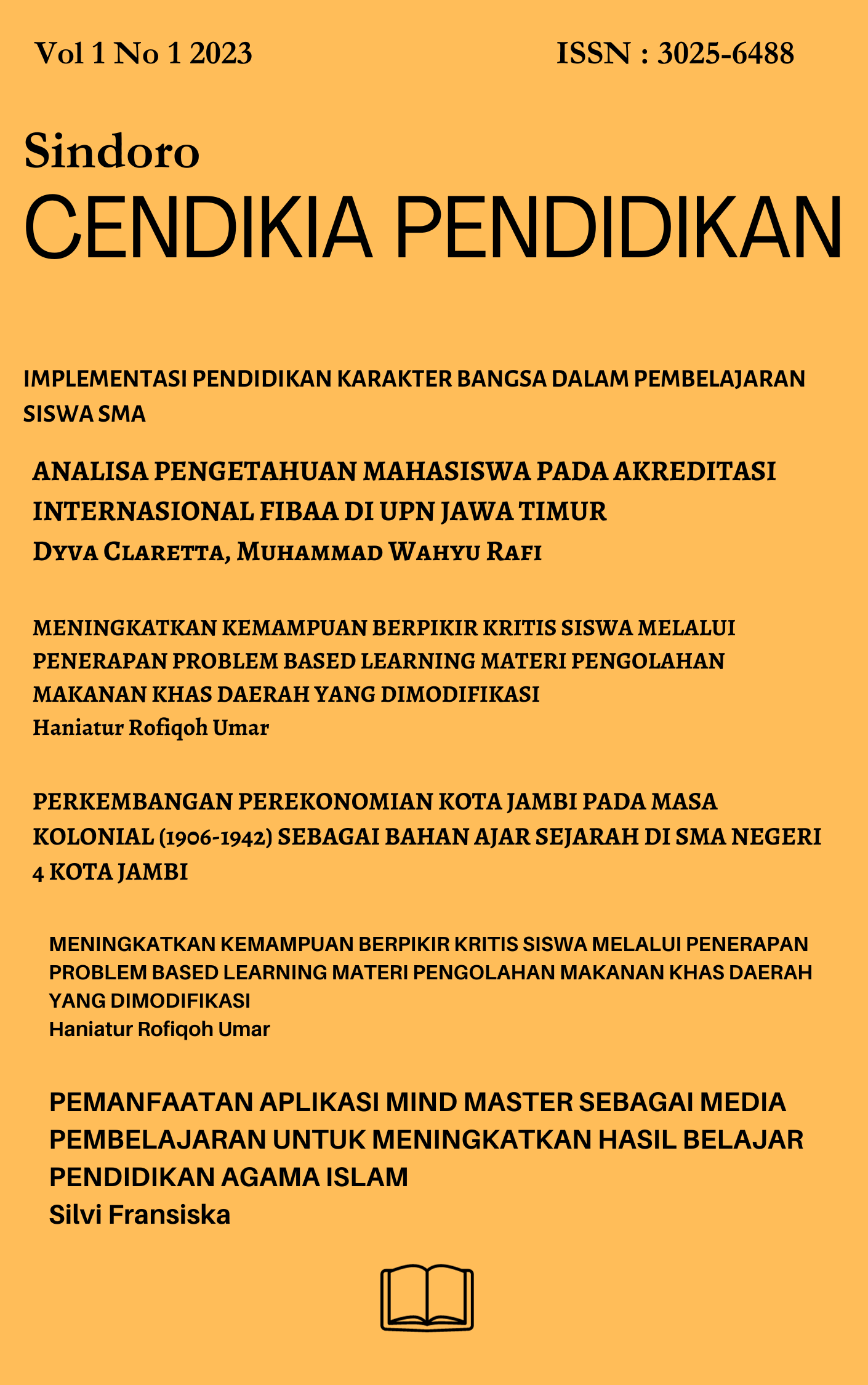THE RELATIONSHIP BETWEEN WORD CHOICE AND QUESTION-ANSWERING ABILITY IN 2-3 YEARS OLD CHILDREN
Main Article Content
Abstract
This study examines the relationship between word choice and question-answering ability in children aged 2-3 years. The research involved five participants: two aged 2 years and three aged 3 years. Data were collected through observation and structured tasks, where children were asked five types of questions ("what," "who," "where," "why," and "how"). The results showed that 2-year-old children predominantly used basic nouns and verbs, while 3-year-olds demonstrated a more varied vocabulary, including adjectives and short phrases. In the question-answering task, 2-year-olds successfully answered 40% of "what" and "who" questions but struggled with "why" and "how" questions, achieving only 10% accuracy. In contrast, 3-year-olds answered 80% of "what," "who," and "where" questions accurately and performed moderately well with "why" (60%) and "how" (50%) questions. The findings indicate a positive correlation between vocabulary richness and the ability to answer questions. Children with broader vocabularies provided more accurate and contextually appropriate responses. This research highlights the importance of fostering language development during early childhood through interactive communication and exposure to diverse linguistic inputs.
Article Details

This work is licensed under a Creative Commons Attribution-NonCommercial 4.0 International License.
This work is licensed under a Creative Commons Attribution-ShareAlike 4.0 International License.
Authors who publish with this journal agree to the following terms:
- Authors retain copyright and grant the journal right of first publication with the work simultaneously licensed under a Creative Commons Attribution License that allows others to share the work with an acknowledgement of the work's authorship and initial publication in this journal.
- Authors are able to enter into separate, additional contractual arrangements for the non-exclusive distribution of the journal's published version of the work (e.g., post it to an institutional repository or publish it in a book), with an acknowledgement of its initial publication in this journal.
- Authors are permitted and encouraged to post their work online (e.g., in institutional repositories or on their website) prior to and during the submission process, as it can lead to productive exchanges, as well as earlier and greater citation of published work
References
American Speech-Language-Hearing Association (ASHA). (n.d.). Encouraging language development in toddlers. Retrieved from https://www.asha.org
KidsHealth. (n.d.). Helping your toddler develop language skills. Nemours Foundation. Retrieved from https://kidshealth.org
National Institute on Deafness and Other Communication Disorders (NIDCD). (n.d.). Speech and language developmental milestones. Retrieved from https://www.nidcd.nih.gov
Raising Children Network. (n.d.). Language development: 2-3 years. Retrieved from https://raisingchildren.net.au
Simply Psychology. (2023). Lev Vygotsky’s sociocultural theory. Retrieved from https://www.simplypsychology.org

